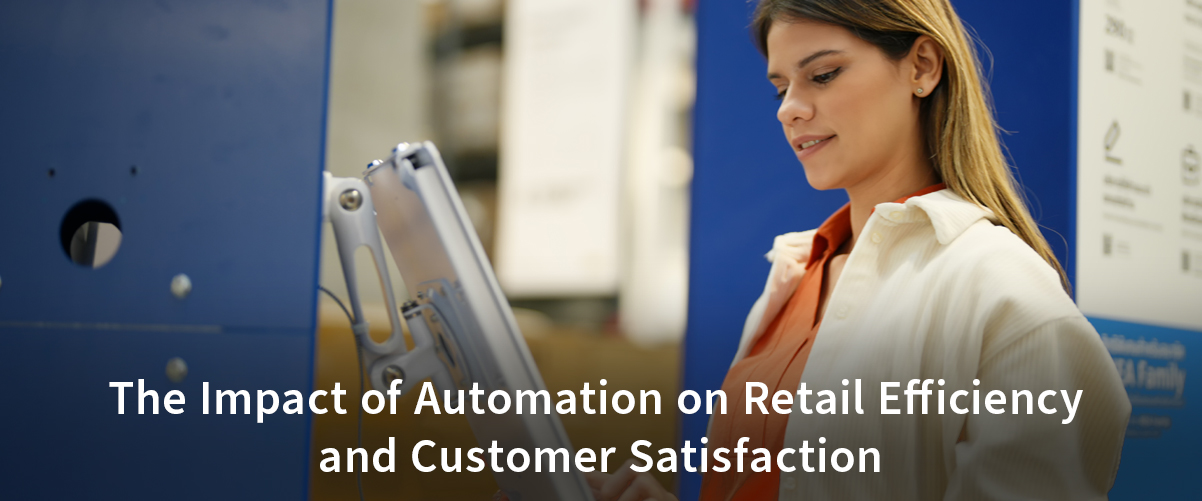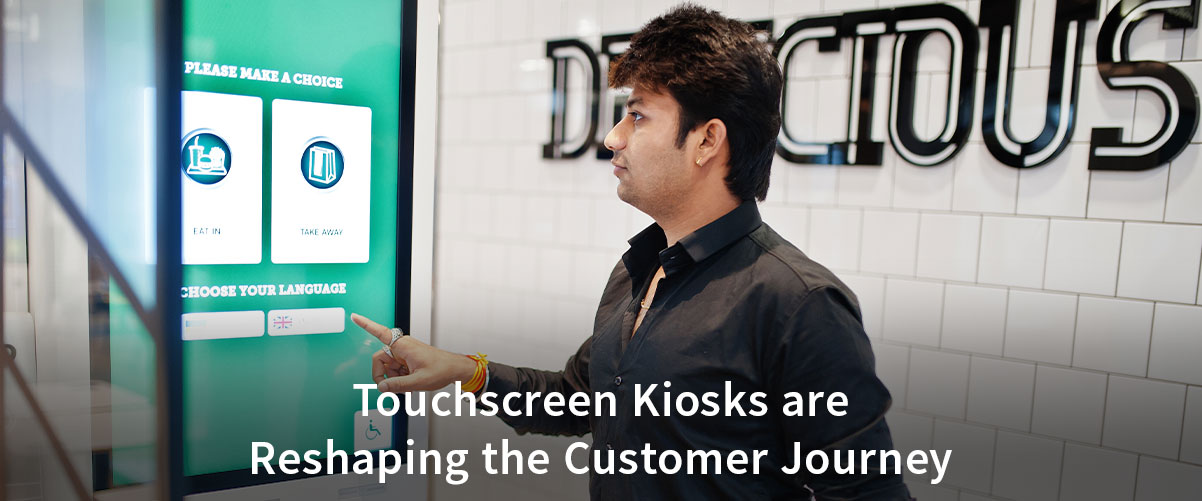
In today’s fast-paced world, the retail industry is witnessing significant changes, mostly driven by technological advancements. Artificial Intelligence (AI) and automation seem to be leading the way in this change. How, you ask? By redefining how retail businesses operate includes everything from managing stock to enhancing the customer experience. In this piece, we will examine the significant influence of AI and automation on retail operations, as well as how these technologies assist retailers in remaining competitive within a swiftly changing market.
Understanding AI in Retail
AI in retail refers to the use of artificial intelligence technologies to streamline and enhance various aspects of retail operations. These AI-powered tools can analyse large amounts of data quickly and accurately, enabling retailers to make informed decisions. AI is being utilised in several areas, including stock management, supply chain optimisation, customer service, and personalised marketing.
AI-Powered Stock Management
A major influence of AI in the retail sector is its effect on inventory management. AI-driven stock management solutions employ machine learning techniques to forecast demand precisely, minimising the chances of excess inventory or shortages. These systems analyse historical sales data, market trends, and external factors such as weather conditions to forecast demand.
For example, AI can predict that an upcoming cold front will increase the demand for winter clothing, prompting retailers to stock up accordingly. This proactive approach not only improves stock efficiency but also enhances customer satisfaction by ensuring product availability.
AI-Powered Product Recommendation
Another transformative application of AI in retail is its ability to deliver personalized product recommendations. By analyzing customer browsing history, purchase patterns, and preferences, AI-driven recommendation systems curate tailored suggestions for each shopper. For instance, if a customer frequently purchases skincare products, the system can highlight complementary items, such as serums or moisturizers, that align with their needs.
This level of personalization not only enhances the shopping experience by offering relevant options but also drives sales and fosters customer loyalty, making it a win-win for retailers and customers alike.
Automation in Retail Operations
Automation in retail refers to the use of technology to perform tasks that were traditionally done manually. Automation can be applied to various operational aspects, such as order processing, warehouse management, and checkout systems.
Through the automation of these tasks, retailers can minimise human mistakes, enhance efficiency, and lower costs.
Streamlining the Supply Chain
Artificial intelligence in supply chains has transformed the retail landscape significantly. Automated systems can track and manage the movement of goods from suppliers to warehouses and ultimately to shops. These systems use AI algorithms to optimise routes, reduce transportation costs, and ensure timely deliveries.
For instance, AI can analyse traffic patterns and weather conditions to suggest the most efficient delivery routes. This level of optimisation not only saves time and money but also reduces the carbon footprint of retail operations, contributing to sustainability goals.
Enhancing the Customer Experience
AI is also revolutionising the way retailers interact with customers. Through AI-enabled tools, retailers can offer personalised shopping experiences that cater to individual preferences and behaviours.
Personalised Marketing
Retailers can use AI to analyse customer data for creating targeted or personalised marketing campaigns. By understanding customer preferences and purchase history, AI systems can recommend products that are likely to appeal to each customer. This focused strategy boosts conversion rates and strengthens customer loyalty significantly.
For example, if a customer frequently buys sports equipment, the AI system can recommend new arrivals in that category. This level of personalisation not only boosts sales but also makes customers feel valued and understood.
Challenges and Considerations
Whilst AI and automation offer numerous benefits, they also present challenges that retailers must navigate. One significant concern is data privacy. As AI systems rely on vast amounts of data, ensuring the security and privacy of customer information is crucial. Retailers must comply with data protection regulations and implement robust cybersecurity measures.
Another challenge is the potential impact on employment. As automation takes over repetitive tasks, there may be concerns about job displacement. However, it’s crucial to note that AI can also create new job opportunities in areas such as data analysis and AI system management.
Balancing Innovation and Tradition
Retailers must strike a balance between embracing new technologies and maintaining traditional retail practices. While AI and automation can enhance efficiency, the human touch remains essential in building strong customer relationships. Retailers should focus on integrating technology to support and enhance the skills of their workforce, rather than replacing them entirely.
The Future of AI in Retail
As AI and automation technologies continue to evolve, their impact on retail operations will only increase.
Retailers that successfully integrate these technologies into their operations will be better positioned to adapt to changing market demands and consumer expectations.
Emerging Trends
Several emerging trends are shaping the future of AI in retail. One such notable trend is developing AI-driven chatbots for customer support services. These chatbots can handle routine enquiries, freeing up human agents to focus on more complex customer needs.
Another trend is the integration of AI with augmented reality (AR) to create immersive shopping experiences. For example, customers can use AR to visualise how furniture would look in their homes before making a purchase. Technology like this helps enhance the online shopping experience, which can reduce the likelihood of returns.
ETP Unify: Harnessing AI for Enhanced Customer Experiences
ETP Unify elevates the customer experience through its AI-driven Product Recommendation functionality. Powered by a Matrix Factorization Algorithm, this capability delivers personalised product suggestions tailored to customer purchase histories and preferences. As products are included in the cart, the system continuously updates suggestions in real-time, providing a lively and interactive checkout process. These suggestions are displayed on a dual screen, allowing customers to browse effortlessly while cashiers add selections directly to the billing screen. By streamlining upselling opportunities, ETP Unify enhances operational efficiency and reinforces customer satisfaction, showcasing the power of AI in retail. To know more about ETP Unify’s AI-powered tools, click here!
Conclusion
AI and automation are revolutionising retail operations, offering numerous benefits such as improved inventory management, streamlined supply chains, and enhanced customer experiences. Whilst challenges exist, such as data privacy and employment concerns, the potential of these technologies is undeniable.
Retailers that embrace AI and automation will be better equipped to navigate the complexities of the modern retail landscape and meet the evolving needs of consumers. By integrating these technologies thoughtfully and strategically, retailers can enhance their operations, stimulate growth, and remain competitive in an increasingly digital world.



